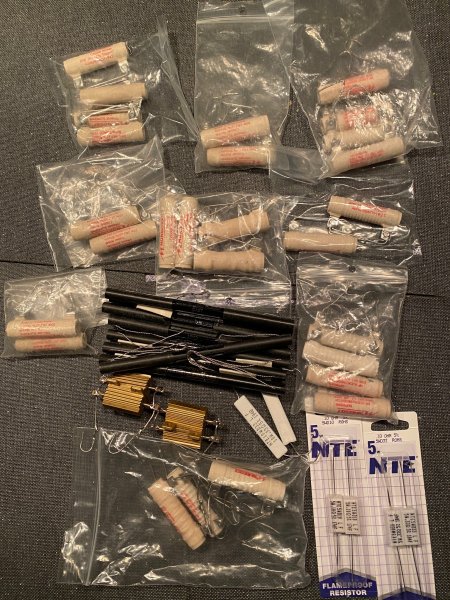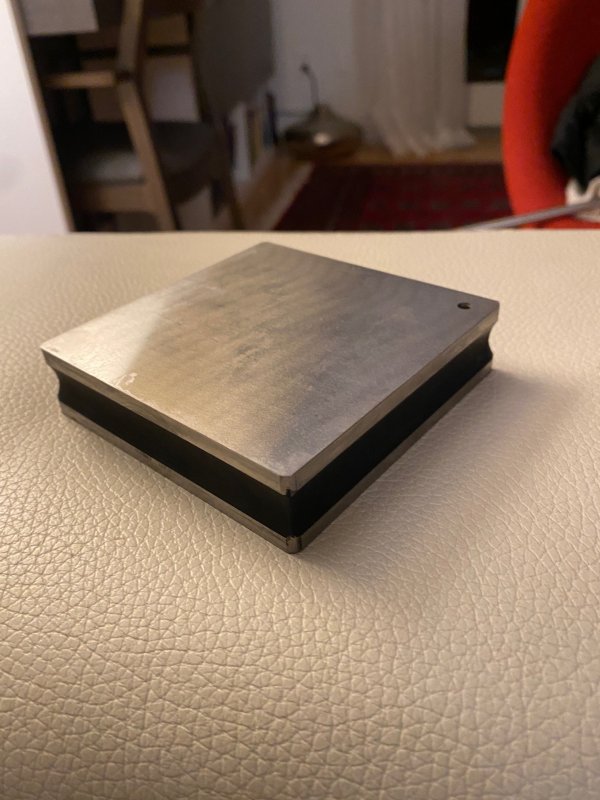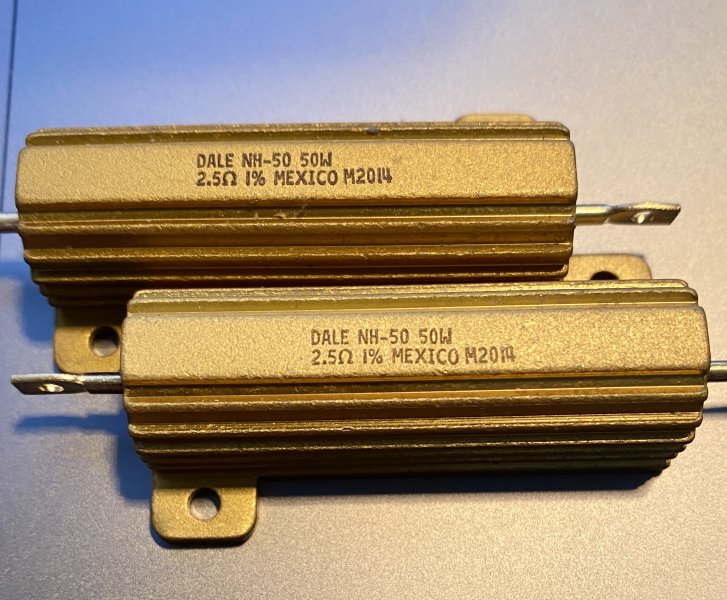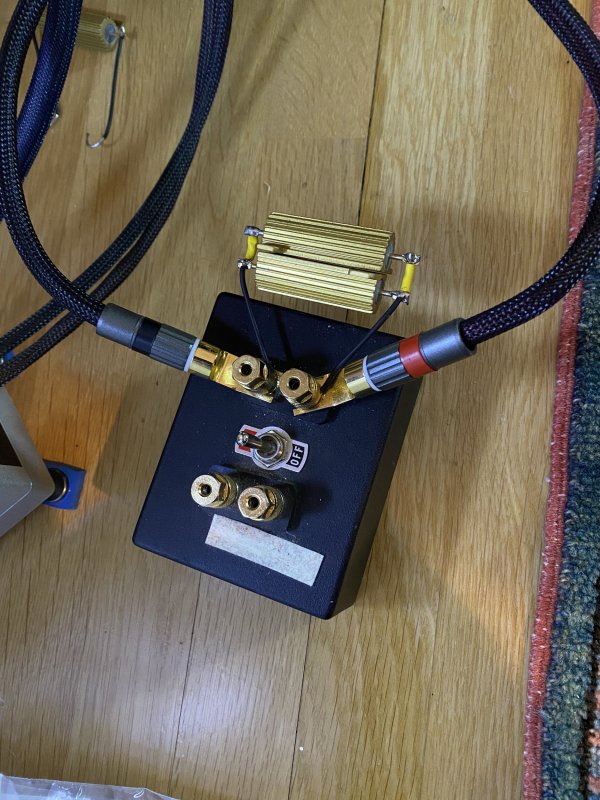Relentless Assault On Noise: "Timbre and Articulation" Realized
In post #1 a decade ago, I stated that my goal has always been Timbre & Articulation, and this is the first time I can safely say, this has been achieved to an extremely high degree.
Before getting into the details, I wanted to catalogue the changes in the last 12 months, many described upthread, which have been very instrumental in this feat, but due to covid, no one else has heard:
1) Finalizing my custom Mundorf-based crossover design on the panels and woofers: a beautifully executed electrostatic hybrid is something to behold. I wish the factory would do what I have done over the years
2) Purchasing the Yggy2 DAC
3) Finalizing the Alpha DAC modifications and volume-control setting
4) Redoing the VPI's suspension with Isodamp
5) Isolating the A90 from the arm with isodamp
6) Adjusting anti-skate for maximum tracking and minimum distortion
7) Reverting back to the HD setting on the MIT speaker cables' box
8) Redoing my tuner's power supply with Mundorf capacitors and those Vishay HEXFRED power diodes also used in the Alpha DAC and Pass XP-25 Phono
9) Fully shielding the XP-25 phono with mumetal, main unit and power supply, enabling me to turn up gain to its native 76dB for maximum dynamic headroom, with virtually zero hum or hiss
10) Replacing the XP-25 umbilical with the fabulous Tubulus (thanks Marc!)
11) Suspending the XP-25 main unit on Isodamp
12) Purchasing the fascinating Shunyata Denali 6000/S V2 fed by a Venom V10 XC cord. It drives the amps, preamp, DACs, phono, tuner, CD transport. Unlike the Everest which features much higher filtration, the amps can be plugged into the Denali
13) 13 more Shunyata power cords:
- Venom 10XCs to the amps
- Venom NR V10s to the preamp, phono, DACs, transport, MIT power distributor to ancillaries
- Venom NR V12s elsewhere, including the VPI's motor (more on that below)
14) Air flow control to the amps, using ultra-quiet fans and a Variac
15) Shielding of the Yggy2's transformers with mumetal
16) Lifting of the amps' grounds
17) Shunyata Venom RCA interconnects for the Alpha DAC
The Denali offers very wide spectrum of VHF noise reduction according to Shunyata's specs, while the NR cords appear to complement it with a more narrow field. There is also audible improvement going from an NR V12 to an NR V10, and these V10s are an absolutely groundbreaking product (see also user comments on MusicDirect's web page), as I am sure are their more expensive cords. For me, cost was a consideration as well as sticking with copper-only designs.
It was important to me to properly understand what noise reduction was doing, and approach it in a holistic way. The net effect has been multi-faceted:
- Evening of musical notes by removal of certain euphonic colorations (which might be interpreted as robbing the music from its excitement),
- Extreme linearity in the entire audible spectrum
- Major reduction in distortion (staggering in fact)
- Complete, realistic notes, with beautiful long sustain
- Extremely high purity of timbre and very high articulation, to be able to hear everything in a recording
- Much higher dynamic headroom
- Blacker backgrounds, increasing transparency
- Perhaps unexpected, plugging an NR V12 to the VPI's motor rendered an audible improvement in attack with all notes, a more vivid presentation if you will
- Very significant drop in radiated magnetic fields, as measured with a magnetometer
- Palpable images
- Music just draws you in and sounds BEAUTIFUL, if not utterly realistic with the right recordings. My son is certain transfixed. You've GOT to listen to the timbe and power of the violin on redbook HDCD, out of this heavily modified Alpha DAC - e.g. the Janaki Debut CD
In terms of impact of any one of these upgrades, the Shuyata stand apart - a simply profound effect everywhere, as documented earlier in this thread.
For the first time in some 40 years in this hobby, I've been able to listen to Mahler's 2nd with the BSO & Ozawa on CD end-to-end with no distortion. This is a major feat in here. This symphony and recording have it all: power, emotion, brio, contrast, complexity, beautiful strings, timpani to die for, stupendous chorus, the organ, sopranos. It's all there inscribed on the silver disc, at redbook resolution.
This is my first personal Wow moment in here. And yes, analog still sounds superior to my digital.
I'm just going to leave this image here for reference

-ack







